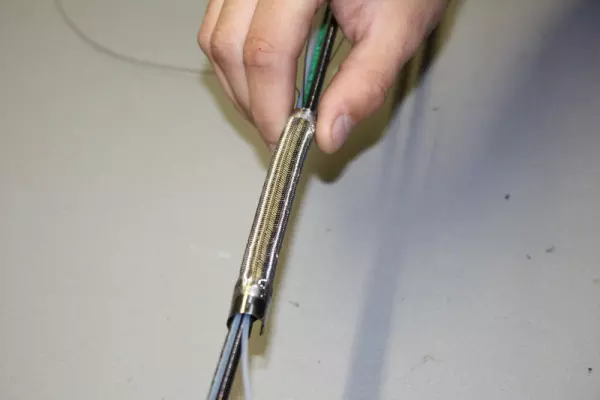
Repair service provider for your endoscopy...
endorepair – your partner for the repair of your endoscopy devices and ultrasound probes Ve...
Portal and digital medical technology fair of the largest MedTech cluster in Germany

Repair service provider for your endoscopy...
endorepair – your partner for the repair of your endoscopy devices and ultrasound probes Ve...
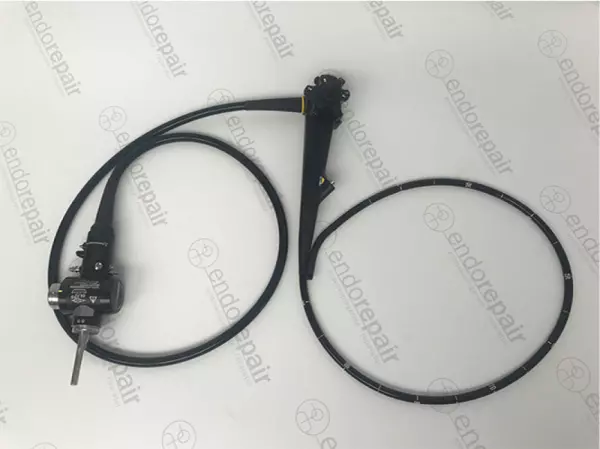
High quality, medical, flexible Gastroscopes...
Our product range of medical endoscopes - High quality, medical, flexible Gastroscopes for expe...
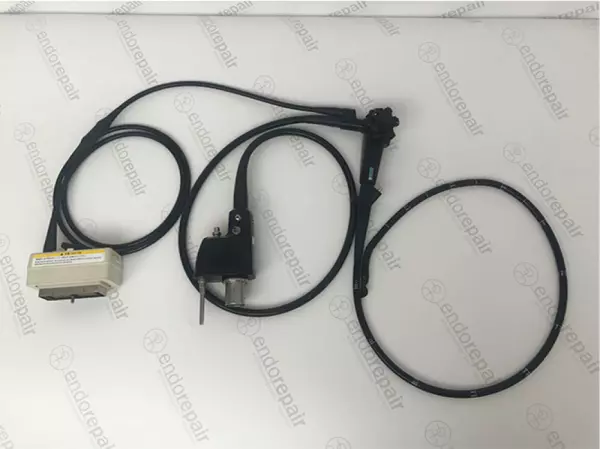
High quality, medical, flexible ultrasound...
Our product range of medical endoscopes - High quality, medical, flexible ultrasound endoscopes...
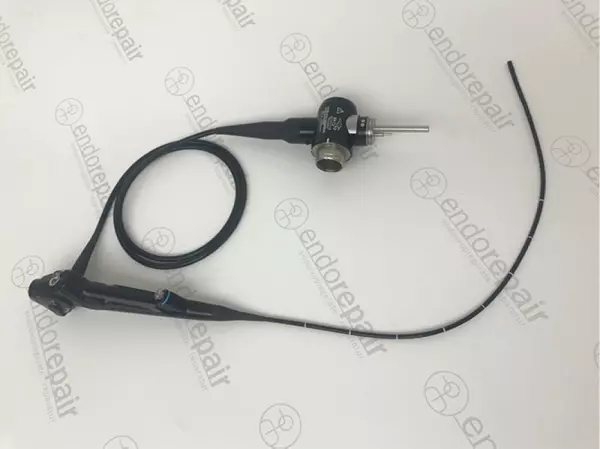
High quality, medical, flexible bronchoscope...
Our product range of medical endoscopes - High quality, medical, flexible bronchoscope for expe...
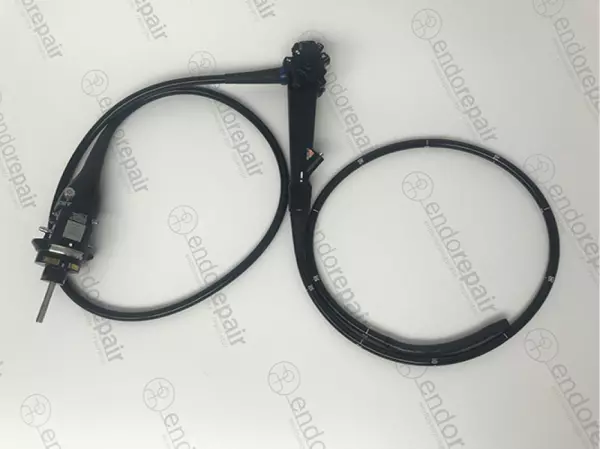
High quality, medical, flexible Coloscopes...
Our product range of medical endoscopes - High quality, medical, flexible Coloscopes for expert...
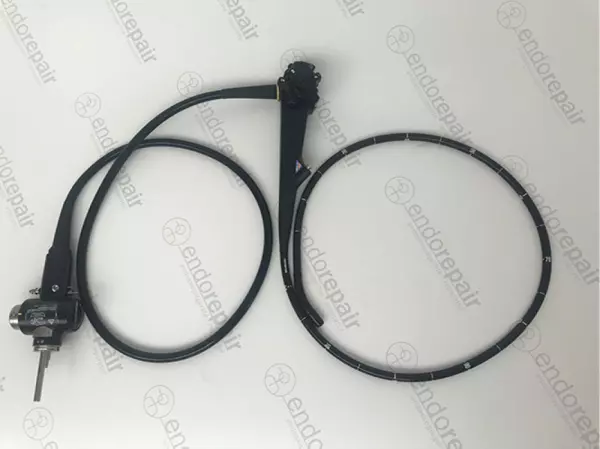
High quality, medical, flexible duodenoscopes...
Our product range of medical endoscopes - High quality, medical, flexible duodenoscopes for exp...
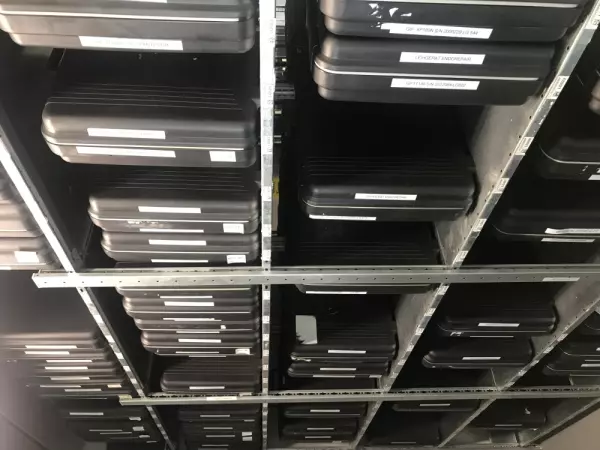
Bypassing repairs and rental equipment for...
At endorepair, we help you minimise your economic downtime. We achieve this on the one hand through...

The practice of duodenoscopy is safe and effective, but it's important to follow certain procedures and precautions. Infections caused by unsterile instruments have caused three people to die. There are ways to minimize the risk of infection. A sterile duodenoscope should be used during this procedure. The following steps will help ensure your safety: 1. Know your risks. Prepare for your procedure.
You should also be familiar with the device's specifications. A small bowel examination requires an endoscope of about 9.8mm. In cats and dogs, a larger diameter may be used. The success rate of advancing the endoscope through the pylorus is approximately 50 to 60 percent, but it can be higher if an experienced operator performs the procedure. The endoscope should be comfortable for the patient.
You should also understand the process of reprocessing duodenoscopes. Reprocessing is a necessary step to prevent the spread of infectious agents. The FDA issued a Safety Communication on April 12, 2019, updating post-market surveillance study results. The FDA reminded health care facilities about manufacturer reprocessing instructions, as well as reporting adverse events. You should consider using a duodenoscope with an innovative design.
Reprocessing a duodenoscope is an important part of the process. During the first step of the process, the duodenoscope must be free of any bacteria. The sterile tip must be sterilized properly. A hospital or health-care facility that doesn't sterilize their duodenoscopes should be avoided. You should ask your doctor about any medications before your procedure to ensure that you're not allergic to any of them.
After the procedure, the duodenoscope can be used to examine the gastrointestinal tract. During the procedure, the endoscope is guided by the physician and is inserted into the digestive tract. It is important to know the steps of the procedure before starting the procedure. A duodenoscope will help the doctor identify any obstructions. Then, the endoscope will be reprocessed.
There are some risks involved in the procedure. For example, bacteria can cause serious infections if the scope is not properly reprocessed. Therefore, you should be aware of the risk. You should always seek medical advice before having any medical procedure. This will help you to avoid infections. If you have any doubts about the safety of the duodenoscope, you can contact the hospital and discuss it with the surgeon.
The FDA has cleared specialized duodenoscopes with a cap that prevents the transmission of bacteria between patients. The new cap will keep the duodenoscope clean and sterile, preventing the spread of contaminates. In addition, it will protect the patient from the discomfort associated with this procedure. If you have anesthesia and want to undergo the procedure, you can ask your doctor to perform a second one.
Inexperienced endoscopists frequently over-extend the endoscope tip, resulting in retroflexion of the fundus. This can cause dangerously high blood pressure. A sterile duodenoscope can cost up to $35,000 and can last for only three years. The patient will need to undergo several tests before the procedure is considered safe. This can take many hours, and it is best to get it done by a qualified professional.
Infections from duodenoscopes have been reported. The procedure is generally safe, but you should contact an attorney if you suspect you've experienced a duodenoscope-related infection. Infections caused by the duodenoscope have been linked to the use of improper cleaning and disinfection. If you've had an infection, talk to your doctor about your options. The right course of action.
The procedure allows doctors to see the duodenum. This procedure is also used to diagnose problems with the pancreas, stomach, and bile duct. Infections of the duodenum can lead to chronic diseases, like diabetes. If you have symptoms of diabetes, your physician may use an endoscope to perform a cholangiopancreatogram. The patient will receive a report that details their condition.
The risk of infection from duodenoscopes is relatively low. However, there is a risk of infection after the procedure. A sterile duodenoscope is a reusable instrument. A sterile one should not have any reprocessing steps. A sterile duodenoscopy can cause a range of complications, including infertility. You should discuss these risks with your doctor.
Become a digital exhibitor yourself in the online portal of the largest and best-known MedTech cluster region in Germany and inform the world of medical technology about your products and services as well as about news, events and career opportunities.
With an attractive online profile, we will help you to present yourself professionally on our portal as well as on Google and on social media.